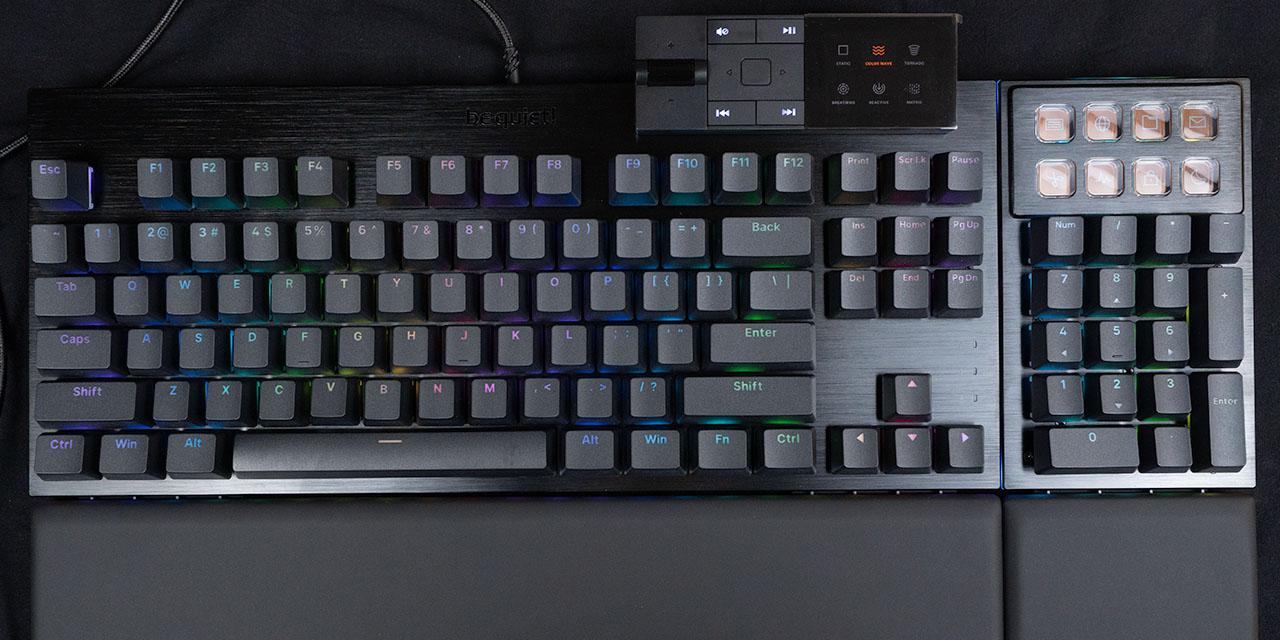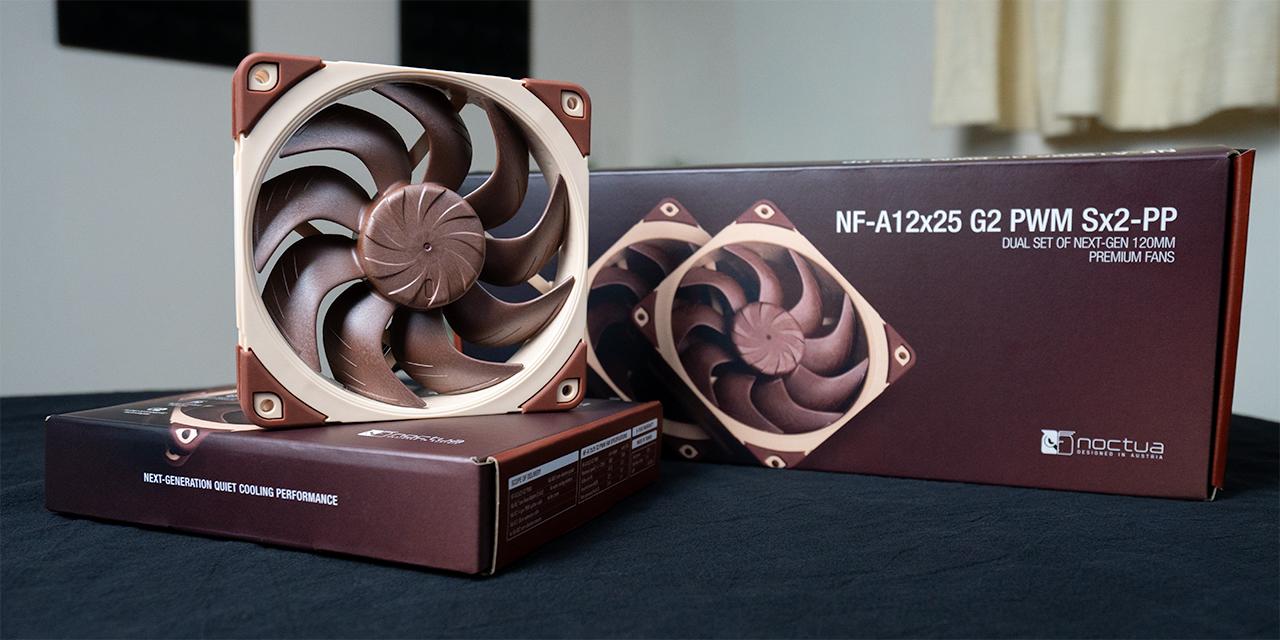Page 2 - A Closer Look, Installation, Test System
Since there probably is not too much we can write about a solid state drive -- especially when it comes to the physical aspect of it -- let us quickly cover it before we move onto the technical aspects and benchmark results. The G.SKILL Phoenix EVO 115GB is quite standard in terms of design. It features an aluminum housing to enhance heat dissipation, with a side benefit of being incredibly lightweight for what you get. On top of the brushed aluminum finish is a large label across the center to ensure the user will make no mistake that this is an G.SKILL Phoenix EVO 115GB drive. Measuring in at 100 x 70 x 9 mm, these are pretty much standard dimensions for a 2.5" internal drive. It is also quite lightweight, as you would expect from an SSD. G.SKILL Phoenix EVO drives will have no problems fitting into your laptop hard disk bay if you want to boost mobile computing performance, but if you want to use it in your desktop and your chassis has no 2.5" mount, a 3.5" adapter bracket is included right out of the box, so you can easily install this SSD in any standard desktop internal drive bay. This makes the Phoenix EVO quite convenient to deploy in either environments for the end user. My only complaint is that the screw holes on the 3.5" adapter bracket is slightly smaller compared to the ones found on standard 3.5" hard drive, so if you need to use any other screws other than the ones provided by G.SKILL (Such as, if your are installing the Phoenix EVO into a 3.5" drive bay that require screws provided by your chassis manufacturer due to use of vibration dampeners) then you will need to find your own solution.
Turning the SSD around reveals a black painted metal backplate to color-match the rest of the drive. As shown in our photo above, you will find a large label with the usual series certification logos and warning statements, along with information on drive model and capacity. In case you missed it, our particular unit is the G.SKILL Phoenix EVO 115GB with part number FM-25S2-115GBPE, haha. I believe the group of numbers underneath the bar code is the serial number. Our particular unit is Made in Taiwan in April 2011, so it is pretty much fresh from the factory to our door.
The G.SKILL Phoenix EVO 115GB's shell is attached to the metal backplate by three clips on each side. It took me a while to figure out how to open it; in the end shoving in a plastic card to disengage the tightly interlocked clips did the trick. I wouldn't recommend using a credit card, however. Personally, I used a Chapters/Indigo gift card that I've used a few times in picking locks when I forgot my keys at home, so a little more damage won't hurt. There are two warranty seals in total, so in order to take a peek inside the SSD, you will have to inevitably void your warranty. Therefore, to save you some trouble, I cracked mine open to take some photos of its internals for you to see. And by such, it is unsurprising to find how simple an SSD is inside compared to a traditional HDD -- it makes you almost wonder they cost would an arm and a leg to the end user (Yes, I understand NAND flash chips are still quite costly, haha). It is really nothing complicated -- just a small G.SKILL designed green printed circuit board, and that's it. Of course, it is more than what that meets the eye. The heart of G.SKILL's Phoenix EVO is the renowned SandForce SF-1222 controller. As the drive controller is fundamentally very important to any SSD, what makes it so special is that it is capable of doing real time data compression to make extremely fast I/O performance possible without the need of external cache memory.
All data written to the drive is encrypted on the fly using a 128-bit AES algorithm by the SF-1222 controller. This cannot be disabled, but it lacks a password by default, therefore it functions as an unencrypted storage unit to the end user. SandForce controllers also focus on increased wear performance as part of the DuraWrite scheme. This is especially important to multi-level cell (MLC) based flash drives like the G.SKILL Phoenix EVO. Unlike single level cell (SLC) flash memory, MLC flash memory stores four states, or two bits, per cell. It is cheaper to manufacture; unfortunately it also has significantly less write cycles before it wears out -- with some as little as 10,000 write cycles. There are two main ways to resolve this problem. The first one is to use a technique called wear leveling. Wear leveling manages data in a way that erasures and rewrites are evenly spread out across the drive, so not a single area experiences a high concentration of write activity. Secondly, unlike traditional magnetic hard drives, data cannot be directly overwritten in the world of flash memory. The write area must first be erased before new information can be written. This brings onto the topic the second technique, which relates to a phenomenon called write amplification. Write amplification is calculated by the data written to the flash memory divided by the data written by the host. Optimally, you will want this number as low as possible -- and it is probably makes sense to think the lowest value possible is 1. That is, until the SandForce controller rolled along earlier this year and changed the rules of the game. By doing on-the-fly compression, this results in a write amplification of an astonishing low value of 0.5 according to the company. Intel SSDs have a write amplification of 1.1, and magnitudes as high as 10 are not out of the ordinary in the industry.
As aforementioned, pages of flash memory need to be first erased before it can be written to again. Traditional magnetic hard drives do not exhibit this characteristic, so normally when you hit the delete button, the operating system simply marks the corresponding data blocks as free with the data still physically intact. All this means is new data is permitted to overwrite existing data in that area. This poses a problem for solid state drives, because it will significantly decrease write performance if the user needs to wait for the system to clear an area before new data can be written. With native TRIM support, it allows the operating system to tell the SSD which blocks of data are no longer needed. The SSD can then do garbage collection overhead, and make it available for new data to be directly written without delay. G.SKILL's Phoenix EVO SSD has native TRIM support, but it will not work once you pair it with another drive in RAID. This is no different than any other solid state drive in the market today.
All in all, the SandForce SF-1222 controller does have a small microprocessor and a few undisclosed megabytes of memory inside to handle all the dirty work -- but with the elimination of the external cache, SandForce based SSDs have unprecedented random read and write performance. This adds on to the already excellent sequential data rates across the board makes it a winning combination -- although the G.SKILL Phoenix EVO 115GB 25nm is rated 'only' 280MB/s max read, 270MB/s max write, and up to 35,000 input/output operations per second (This is down from the Phoenix Pro 34nm's figures of 285, 275, and 50,000, respectively), it is still impressive nonetheless. We will see how that stacks up in our benchmarks in just a moment.
A total of 16 NAND flash chips are found on the G.SKILL Phoenix EVO solid state disk; with 8 on each side. The chips used are Micron 29F64G08CBAAA flash memory, with a capacity of 8GB per integrated circuit chip. These are multi-level cells manufactured on the 25nm fabrication process; identical to the ones found in the OCZ Vertex 2 160GB 25nm. 13GB out of the 128GB total capacity (Approximately 10%) is provisioned for the SandForce drive controller for garbage collection and wear leveling algorithms, so the actual usable space is 115GB, as advertised. You will see 107GB in Windows, which meets the 93% industry standard. The Phoenix EVO is essentially the same as other 120GB 25nm drives, except G.SKILL chose to present its standard capacity rather than giving any nasty surprises after installation. This is a moderate amount compared to other SandForce based SSDs; which can range anywhere from 7% to 28% in 34nm units for what the company refers to as Redundant Array of Independent Silicon Elements, or RAISE. SandForce claims RAISE is similar to a RAID 5 array within the drive that redundant data can be used to recover entire pages of corrupt or lost data within the drive, should problems arise with its memory cells over time. This is implemented in conjunction with a powerful error correction system and cyclic redundancy check protection to improve its uncorrectable bit error rate.
Our test configuration as follows:
CPU: Intel Core i5-2500K @ 4.50GHz (Overclocked, Turbo Boost disabled)
CPU Cooling: Noctua NH-D14
Motherboard: ASUS P8P67 WS Revolution
RAM: G.SKILL Ripjaws F3-12800CL7D-8GBRH 2x4GB @ DDR3-1600 7-8-7-24 (Stock frequency @ stock latencies)
Graphics: Gigabyte Radeon HD 6870 1GB SOC
Chassis: Cooler Master 690 II Advanced NVIDIA Edition (Noctua NF-S12B FLX, NZXT Sleeved LED Kit)
Power: NZXT HALE90 750W
Sound: Auzentech X-Fi HomeTheater HD
Optical Drive: LiteOn iHAS224-06 24X DVD Writer
Operating System: Microsoft Windows 7 Professional x64
Compared Hardware:
- G.SKILL Phoenix EVO 115GB (25nm)
- OCZ Vertex 2 160GB 25nm
- OCZ Vertex 2 60GB 34nm
- Western Digital Caviar Blue AAKS 500GB
Page Index
1. Introduction and Specifications
2. A Closer Look, Installation, Test System
3. Benchmark: ATTO Disk Benchmark
4. Benchmark: Crystal Disk Mark 3.0
5. Benchmark: AIDA64 Disk Benchmark
6. Benchmark: HDTach 3.0.1.0
7. Benchmark: HDTune Pro 4.60
8. Benchmark: PassMark PerformanceTest 7.0
9. Benchmark: PCMark Vantage, Conclusion





